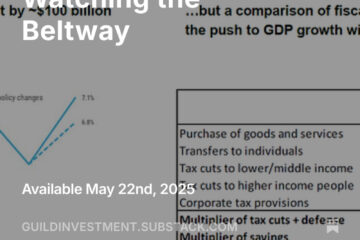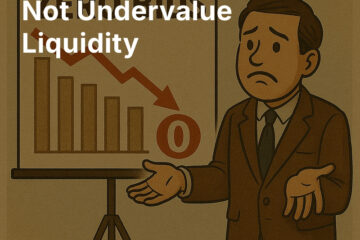Market Summary
We are bullish on the U.S. market for the next few weeks, and suggest buying on dips in August. Although the market is not cheap, the U.S. is a haven for money leaving Europe because of Brexit and other European problems. We also remain bullish on Brazil and India. Our caution on the U.S. will rise as the election approaches.
Our two concerns are first, that a strong U.S. dollar, if it rises toward its highs of early 2016, will once again make it hard for U.S. exporters to sell abroad — so we are carefully monitoring the dollar’s appreciation versus other currencies. Second, the candidates of both major U.S. political parties are calling for less free trade and for renegotiation of trade agreements. Both are talking about investigating price increases in pharmaceuticals and potentially demanding lower drug pricing for Medicare, Medicaid and the VA. Strong action on either of these fronts will cause a decline in U.S. corporate profits and lower stock prices.
What about interest rates? Here’s how U.S. stocks, and some stocks in other countries, can continue to appreciate, even when interest rates finally do begin to rise. (Higher rates become more probable as the U.S. economy continues its current expansion.)
1. The commonly held view has been that low rates are confidence-builders for markets. We say that on the contrary, as central bank accommodation has becomes almost universal, it has failed to continue bolstering confidence the way it did in the early days of the crisis and recovery. In fact, low rates and repeated easing are a felt by markets to be a vote of non-confidence in the national and world economies. Higher rates will be implemented once central banks become convinced that economic growth is rising — and thus, higher rates will be felt as a vote of confidence in a brighter economic future.
2. The commonly held view has been that low rates encourage more spending, because lower interest rates encourage borrowing and spending. Savings should fall. We say that while this is sometimes true, it is not true today after years of rate cuts. The great majority of the borrowing was done several years ago, as rates fell. Today, with many fearing a weaker economy because of the continued decline in rates, people are buying bonds even through their interest return is pathetically small — instead of stocks which should benefit from a stronger economy. Counter-intuitively, saving is rising because low rates are driving down pension returns. Accordingly, savers must set aside more funds for retirement.
3. The commonly held view has been that low rates allow households to borrow more and consume more. We note that households’ assets are much higher than their liabilities. If you include their holdings of stocks, pensions, bonds, and real estate, their assets far outstrip their liabilities. Because households hold many more assets (like cash and fixed income) than debt, lower rates hurt them by reducing their interest income. Low rates do not encourage spending, because the damage to households’ assets is greater than the benefit from low rates on their debt. While lower rates do benefit some industries, housing and mortgage insurance, for example, they hurt bigger and more economically influential industries such as banking and insurance.
Therefore, we’re not alarmed at the prospect of higher rates, and believe that they would be a confirmation of a stronger and more vital economy. Currently, U.S. rates are far below where they would normally be at this stage of the economic cycle. We believe that they can rise at least one or two percent without damaging the economy, and they will be perceived as positive once the initial shock of their rise wears off.
Thanks for listening; we welcome your calls and questions.



